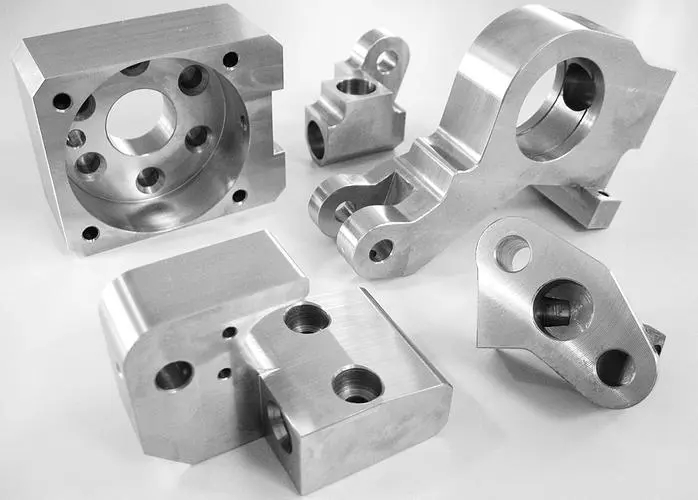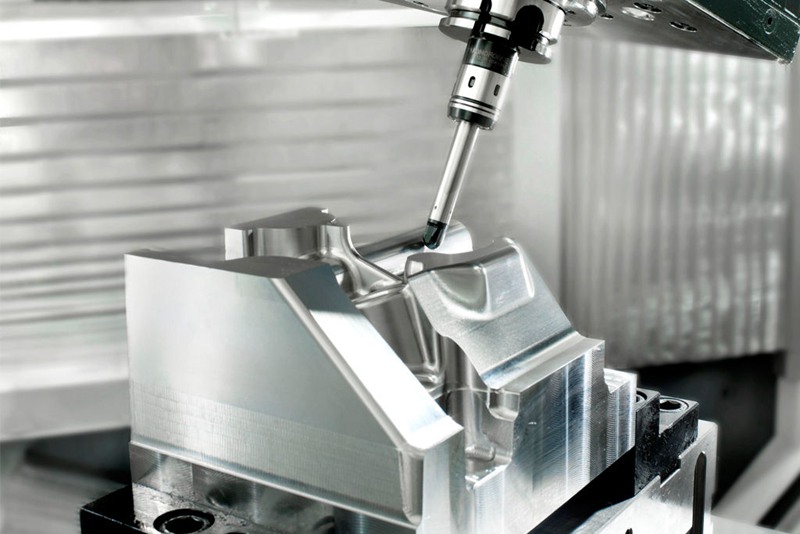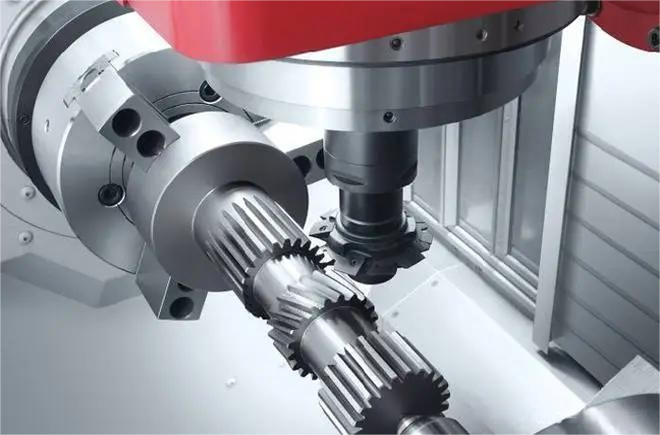- Jul 17, 2024
1. The workpiece size is accurate, but the surface finish is poor
Cause of the fault: The tool tip is damaged and not sharp; the machine tool resonates and is not placed steadily; the machine tool has a creeping phenomenon; the processing technology is not good.
Solution: If the tool is worn or damaged and is not sharp, re-sharpen the tool or choose a better tool to re-calibrate the tool; the machine tool resonates or is placed unsteadily, adjust the level, lay the foundation, and fix it steadily; the reason for the mechanical creeping is that the slide rail is severely worn, the ball screw is worn or loose, and the machine tool should pay attention to maintenance. The wire should be cleaned after get off work and lubricating oil should be added in time to reduce friction; choose a coolant suitable for workpiece processing, and try to use a higher spindle speed if it can meet the processing requirements of other processes.
2. The workpiece produces a taper head phenomenon
Cause of the fault: The level of the machine tool is not adjusted well, one high and one low, resulting in unstable placement; when turning the long shaft, the contribution material is relatively hard, the tool is deep, resulting in a phenomenon of cutting; the tailstock ejector pin is not concentric with the spindle.
Solution: Use a level to adjust the level of the machine tool, lay a solid foundation, fix the machine tool to improve its toughness; choose a reasonable process and appropriate cutting feed to avoid the tool being forced and letting the tool go; adjust the tailstock.

3. The driver phase light is normal, but the size of the processed workpiece is sometimes large and sometimes small
Cause of the fault: The machine tool slide has been running at high speed for a long time, causing the screw and bearing to wear; the repeat positioning accuracy of the tool holder has deviated in long-term use; the slide can accurately return to the processing starting point every time, but the size of the processed workpiece still changes. This phenomenon is generally caused by the spindle. The high-speed rotation of the spindle causes serious wear of the bearing, resulting in changes in the processing size.
Solution: Use a dial indicator to lean against the bottom of the tool holder, and edit a fixed cycle program through the system at the same time, check the repeat positioning accuracy of the slide, adjust the screw clearance, and replace the bearing; use a dial indicator to check the repeat positioning accuracy of the tool holder, adjust the machine or replace the tool holder; use a dial indicator to detect whether the workpiece returns to the program starting point accurately after processing. If it can, repair the spindle and replace the bearing.
4. The workpiece size differs from the actual size by several millimeters, or there is a large change in one axis
Fault cause: The speed of rapid positioning is too fast, and the drive and motor cannot react; the mechanical slide screw and bearing are too tight and stuck after long-term friction loss; the tool holder is too loose after tool change and cannot be locked; the editing program is wrong, the head and tail do not respond or the tool compensation is not cancelled before it ends; the system's electronic gear ratio or step angle is set incorrectly.
Solution: If the rapid positioning speed is too fast, adjust the GO speed appropriately, and the cutting acceleration and deceleration and time to make the driver and motor work normally at the rated operating frequency; if the machine tool is worn and the carriage and screw crane bearings are too tight and stuck, they must be readjusted and repaired; if the tool holder is too loose after the tool change, check whether the tool holder reversal time is met, check whether the worm gear inside the tool holder is worn, whether the gap is too large, whether the installation is too loose, etc.; if it is caused by the program, the program must be modified, improved according to the requirements of the workpiece drawing, select a reasonable processing technology, and write the correct program according to the instructions of the manual; if the size deviation is too large, check whether the system parameters are set reasonably, especially whether the parameters such as electronic gears and step angles are damaged. This phenomenon can be measured by using a dial indicator.

5. The arc processing effect is not ideal and the size is not in place
Causes of failure: resonance caused by the overlap of vibration frequencies; processing technology; unreasonable parameter settings, excessive feed speed, causing arc processing to lose steps; looseness caused by large screw gaps or loss of steps caused by overtightening of the screw; synchronous belt wear.
Solution: Find the components that produce resonance, change their frequency, and avoid resonance; consider the processing technology of the workpiece material and reasonably compile the program; for stepper motors, the processing rate F should not be set too large; whether the machine tool is installed firmly and placed stably, whether the carriage is too tight after wear, the gap is increased, or the tool holder is loose, etc.; replace the synchronous belt.
6. Occasionally, workpieces are out of tolerance in batch production
Cause of failure: The tooling and fixtures must be carefully checked, and considering the operator's operating method and the reliability of clamping, due to the size changes caused by clamping, the tooling must be improved to prevent workers from making misjudgments due to human negligence; the CNC system may be affected by the fluctuation of the external power supply or automatically generate interference pulses after being disturbed, which are transmitted to the drive, causing the drive to receive excess pulses and drive the motor to take away or run less.
Solution: Understand and master its rules, and try to adopt some anti-interference measures, such as: isolate the strong power cable with strong electric field interference from the signal line of weak electric signal, add anti-interference absorption capacitors and use shielded wire isolation, in addition, check whether the ground wire is firmly connected, the ground contact is closest, and take all anti-interference measures to avoid interference with the system.


